For UK Dyslexia Awareness Week, we’re shining a light on this widely misunderstood learning difference.
We spoke to two local people with dyslexia to separate fact from fiction, and ask how to support our children’s learning.
Sharon Hall, a dyslexia tutor from Daviot, chairs the north east branch of Dyslexia Scotland. Sharon explains that dyslexia is far more than mixed-up letters. And it’s certainly nothing to do with intelligence.
In fact, dyslexia is different for every single person.
Sharon shares how to spot the more common signs, and where to look for help.
And we hear how the right help, at the right time, helped Aberdeen University student Emily McGee to pursue her dream career in forensic psychology.
These are the facts, and the ways your family can support children with dyslexia.
What is dyslexia?
Dyslexia is a learning ‘difference’, which means that the brain approaches things in a different way to other people.
It can affect the way people communicate, but each person experiences it differently. While dyslexia is classed as a disability under the Equality Act, it has nothing to do with intelligence.
It’s thought that roughly one in 10 people has dyslexia. It’s strongly hereditary, so children are much more likely to be dyslexic if other members of their family are too.
This is the case for Sharon, who is dyslexic and has a dyslexic child. Sharon explains how diverse this learning difference can be:
“Everyone is unique and different, so there are no firm ‘signs’ of dyslexia,” she says. “In school, it’s generally not keeping up with reading and spelling, but dyslexia is much more than that. I’m dyslexic but I have no issues with reading and spelling, whereas my child does.”
Signs of dyslexia might also include organisational problems and difficulties with long term or working memory.
“It could be the long term retention of facts, something I struggle with. Or it could be working memory, such as reacting to questions in class or sequencing events like the times tables or the months of the year,” explains Sharon.
How to identify dyslexia
Because it’s not an illness, the correct terminology is ‘identifying’ dyslexia, not ‘diagnosing’ it.
“The best way to find out is by creating a personal profile of a person’s strengths and challenges,” says Sharon. “There’s a myth that you have to look for dyslexia at the age of seven or eight. Actually, you should start gathering evidence as early as possible, especially if there’s a genetic link.

“Look for evidence as young as nursery age, such as problems with pronunciation or understanding rhyme,” she says.
Interestingly, dyslexia can also trigger behavioural changes. This is less about the learning difference itself, and more about children finding ways to cope.
“When children are young it’s subliminal,” says Sharon. “It’s ‘Why can’t I put my welly boots on? Why do I get in trouble for not being able to line up with the other children?’
“Many children become stealth-like, hiding and masking at school. They want to prove to their teacher that they are a ‘good’ child. Then when they go home, their behaviour changes because that’s their safe space. They can come home exhausted, frustrated and upset.”
Don’t wait for failure
If you think your child could be dyslexic, it’s important to talk to their school or nursery as early as possible. Sharon advises going into the school and explaining your concerns, providing as much evidence as you can.
In Scotland, there’s an established identification pathway outlined on the Addressing Dyslexia Toolkit. However, local authorities have devised their own pathways too, which can cause confusion.
Sharon advises parents to ask the school for their dyslexia policy and identification pathway. “If the response is to wait until the child is seven or eight, you need to say no, I want to start now. Sadly in many places there’s still a ‘wait to fail’ model.
“Try your best not to fight with your child’s school. Work together, but be determined to keep going back if you need to.”
Dyslexia is formally identified by an educational psychologist or specialist dyslexia assessor.
Supporting children with dyslexia
It can be daunting to hear that your child or teen is dyslexic. Sharon emphasises that there’s every reason to be hopeful. “The word dyslexia still has negative connotations and many people and schools struggle with that,” she says. “We know there are inconsistencies and challenges with support, but slowly things are moving forward.
“Science is always giving us more answers, so there will always be things we can do better. But the support is there. Dyslexia Scotland’s website for eight to 18 year olds is a good place to start.”
Sharon says the key is identifying the specific barriers your child faces. Whatever those may be, there are a range of tools to help.
Aberdeen University student Emily McGee told the P&J people should “take any support you can”. Emily is proof that dyslexia needn’t be a barrier to academic achievement.
Although Emily’s mum suspected she might be dyslexic when she was in primary school, she says there was less understanding of the learning difference back then. As a result, Emily’s difficulties weren’t picked up until S4, when a teacher with dyslexia recognised it.
However, Emily was doing well at school and preparing to sit exams.
“I had got as far as I had without any learning support, so we discussed it and decided to wait until I started uni, so I would have a fresh start,” says Emily.
‘There’s so much support out there’
Emily started her psychology degree and says the university did “everything they possibly could” to support her.
Emily had always struggled with spelling, writing and reading. She often missed lines of text without noticing and struggled to take notes in class. Despite this, she did well at school. At university though, she gladly accepted the tools she needed to make life easier.
The university gave Emily a laptop with a range of assisted learning programmes, such as reading out text that she highlights. She also has a microphone for recording lectures, and is allowed extra time to sit exams. Her exam answers are typed rather than written by hand, which really helps.
Emily is now moving into a postgraduate course in forensic psychology. Her advice for other families is to push for help.
“Speak out about it,” she says. “My mum questioned it but when the school shot her down there wasn’t much she could do. Dyslexia is more recognised now, and I see other members of my family and wonder if they’re dyslexic too.
“There is so much support out there. At first, I felt silly using a microphone at lectures but it’s been a huge help. Take the support wherever you can.”
Focus on strengths
Getting early dyslexia support is crucial for building children’s self esteem.
“Children see others doing well and wonder why they can’t do the same things,” explains Sharon.
There are ways to help your child to feel better. Whether – and when – to explain dyslexia to your child is an individual decision. However, Sharon says parents should always take an informed approach.
“Know what you’re going to say, and focus on your child’s strengths as well as the areas in which they struggle.”
“Dyslexia Scotland has a national helpline with access to lots of help resources. Their support and knowledge is incredible, and they are there for everyone.”
- This week is UK Dyslexia Awareness Week. Dyslexia Awareness Week in Scotland runs from 31 October – 6 November – look out for more articles coming soon.
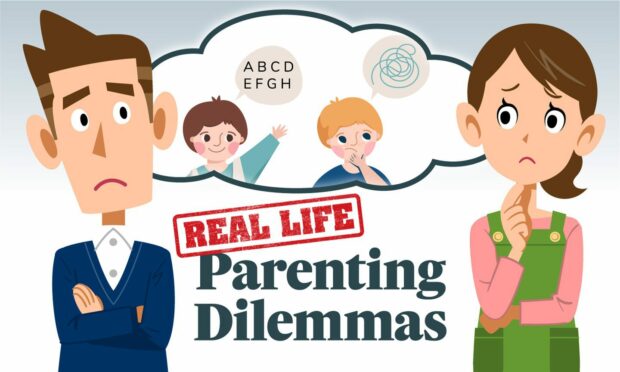
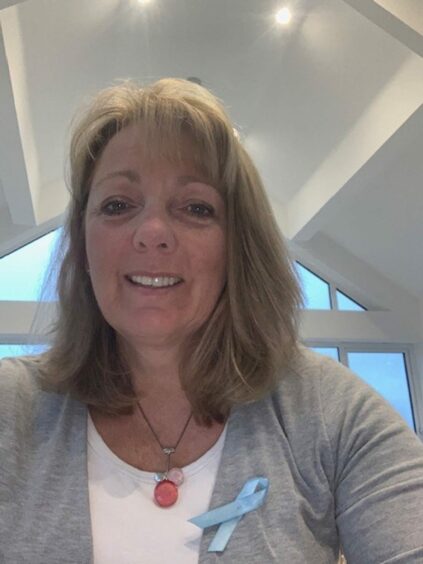


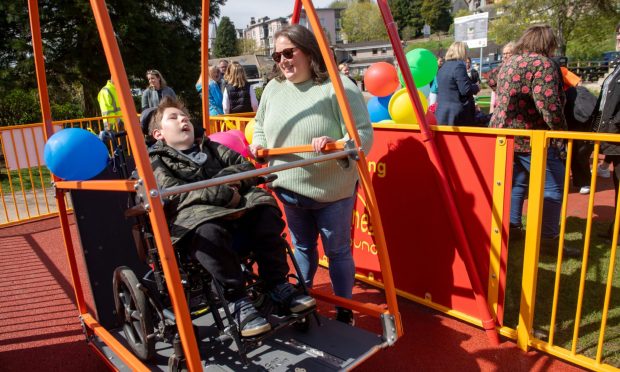


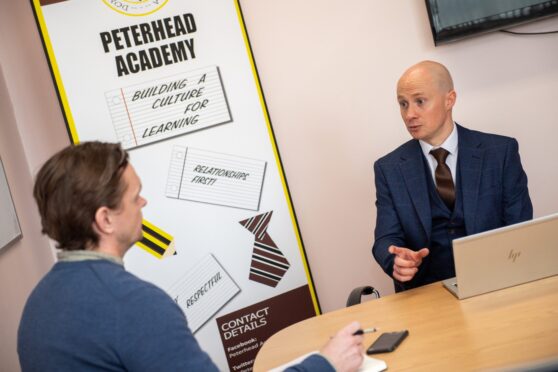
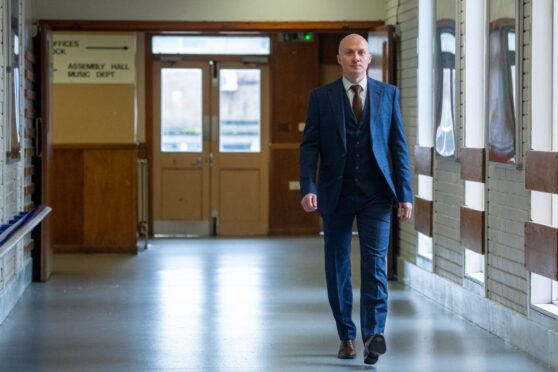
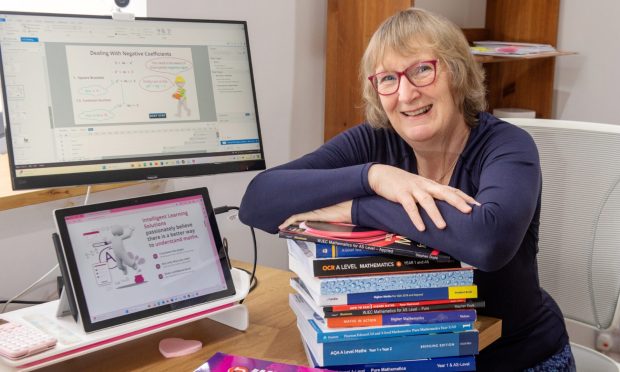
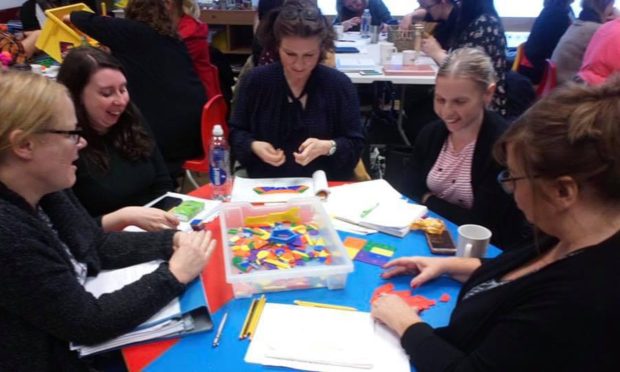


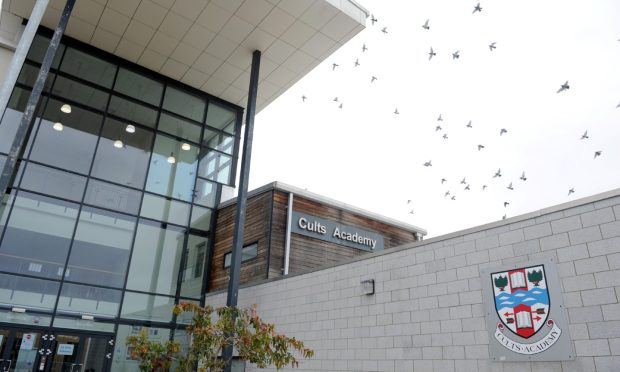
Conversation